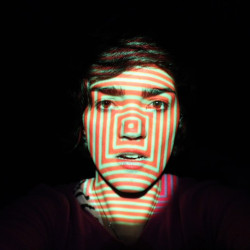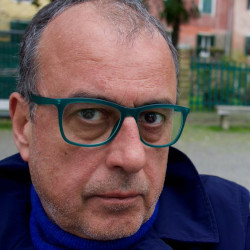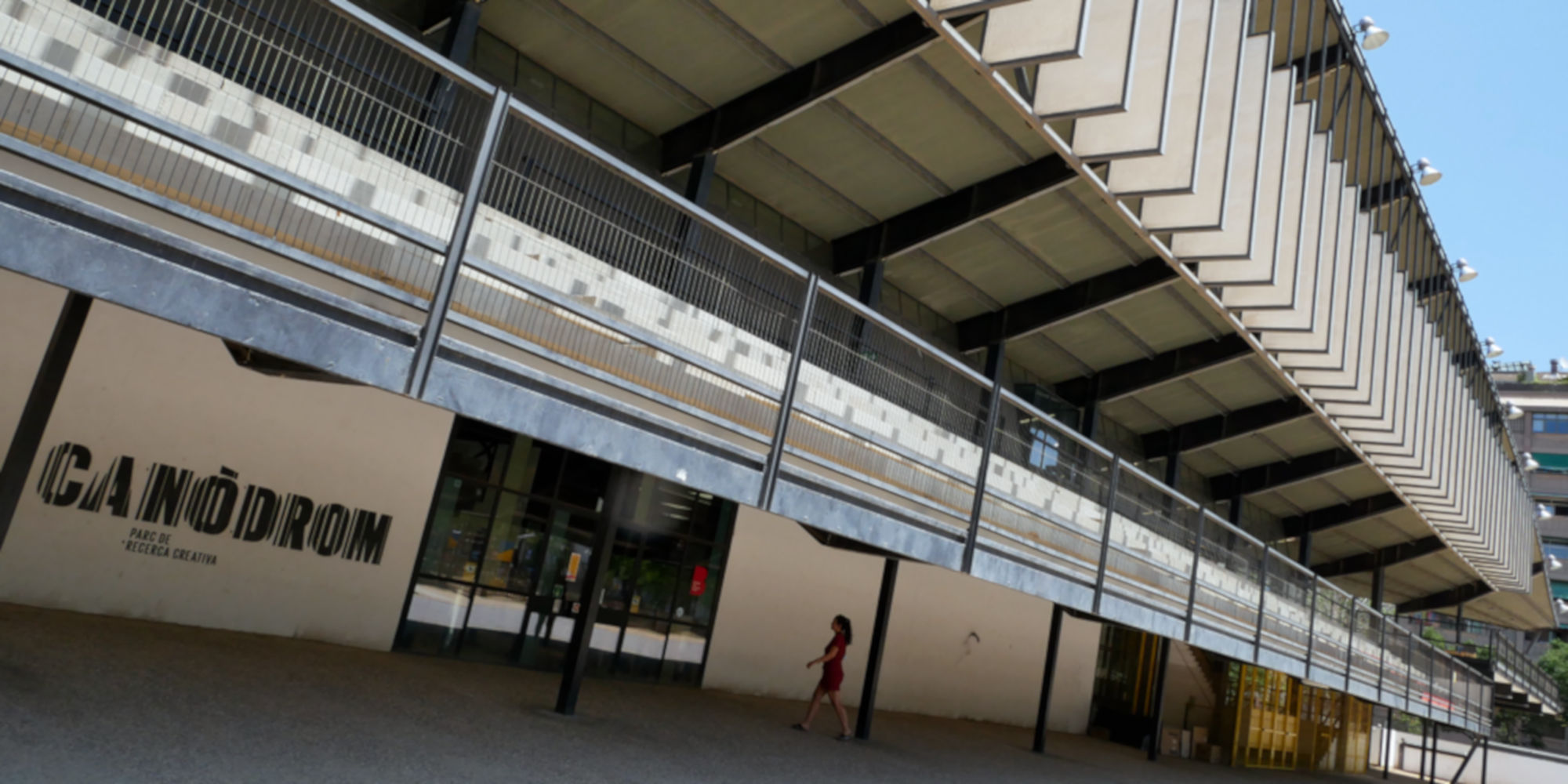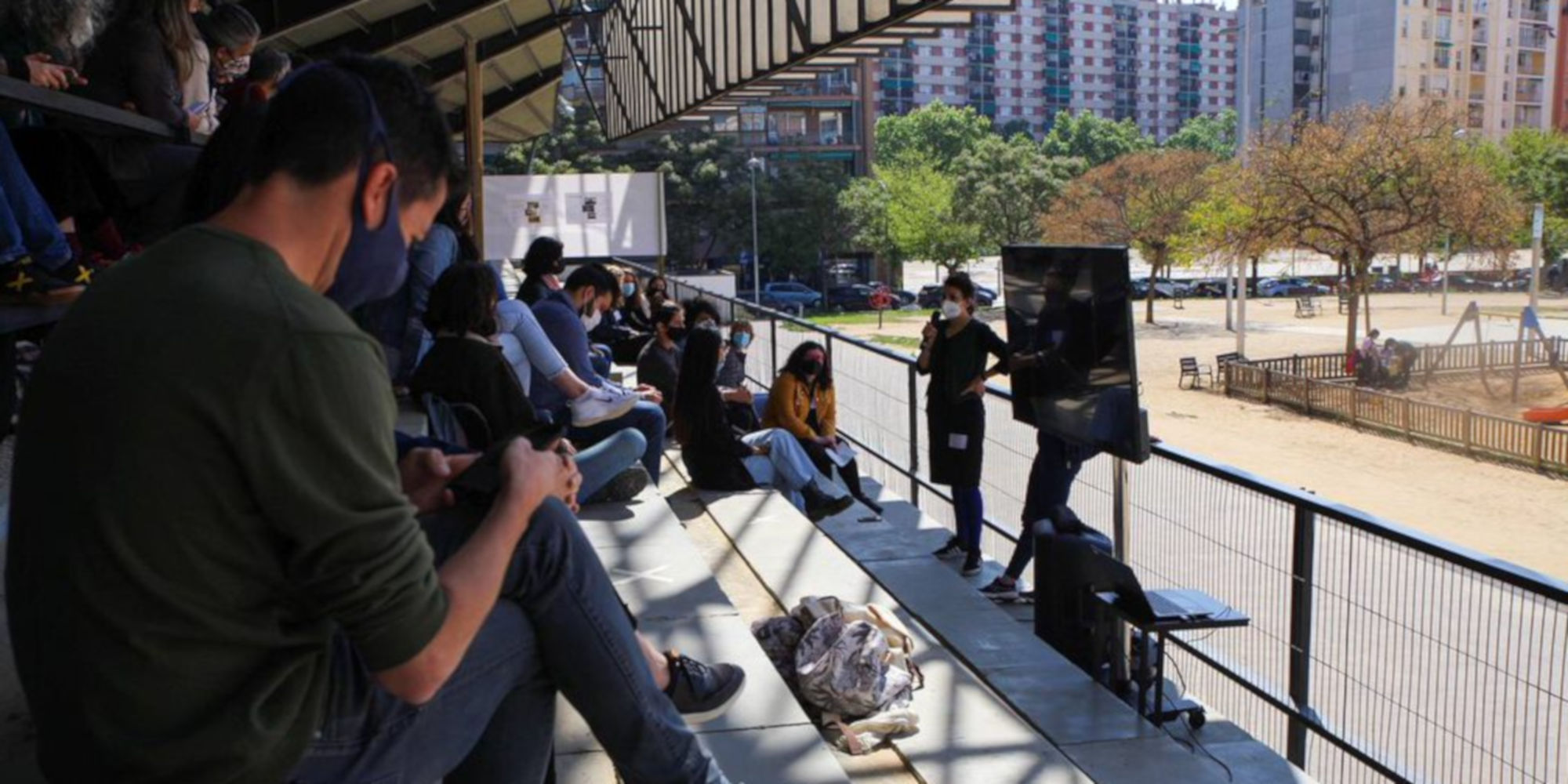Through a series of dialogues between artists, scientists, technologists, thinkers and activists in the space of the Canòdrom, we want to share experiences and reflections on the themes, processes and methodologies used in the framework of the artistic research-production residency program developed jointly with Hac Te, Barcelona’s art, science and technology hub, and some of its partners, such as the Barcelona Supercomputing Center, the Institute of Photonic Sciences or the centers attached to the Barcelona Institute of Science and Technology. The different artistic research-production processes developed at Hangar and the Caldera Performance Arts Center by scholarship artists such as Estampa, Andy Gracie, Óscar Martín, Esther Rodríguez-Barbero or Anaisa Franco will be the guiding thread of the talks, which seek to invite us to rethink the hybrid space of knowledge, methodologies and epistemologies generated in the framework of the transversal initiative presented here. With these dialogues, we aim to delve into the processes of (de)construction and care of spaces for interdependence between disciplines, institutions, communities, groups and individuals, in the belief that micro and macro-politics are mutually reliant in the context of our current/contemporary hybrid circumstance of time and space.
 Andy Gracie (UK/ES): Andy Gracie explores the tension between the arts and the sciences, creating situations of exchange which allow for new understandings and knowledge systems to develop. Much of his work looks at space and deep time as nonhuman and unfeeling, featuring an ongoing engagement with semiotics, simulation theory and apocalyptic scenarios. His work has been exhibited and awarded internationally, and he is a collaborating member of the Institute of Cosmic Science at the University of Barcelona. http://hostprods.net
Andy Gracie (UK/ES): Andy Gracie explores the tension between the arts and the sciences, creating situations of exchange which allow for new understandings and knowledge systems to develop. Much of his work looks at space and deep time as nonhuman and unfeeling, featuring an ongoing engagement with semiotics, simulation theory and apocalyptic scenarios. His work has been exhibited and awarded internationally, and he is a collaborating member of the Institute of Cosmic Science at the University of Barcelona. http://hostprods.net Estampa (ES): Estampa is a group of filmmakers, computer programmers and researchers who take an archeological approach to audiovisual technologies. Between experimental cinema and essay, between détournement and critical engineering, their productions appropriate the tools that automate surveillance and exploitation, imagining a critical pedagogy for artificial intelligences. They have exhibited projects selected in different research and production calls. http://tallerestampa.com
Estampa (ES): Estampa is a group of filmmakers, computer programmers and researchers who take an archeological approach to audiovisual technologies. Between experimental cinema and essay, between détournement and critical engineering, their productions appropriate the tools that automate surveillance and exploitation, imagining a critical pedagogy for artificial intelligences. They have exhibited projects selected in different research and production calls. http://tallerestampa.com Oscar Martin a.k.a noish (ES): Oscar Martin a.k.a noish is a sound artist and independent researcher. His practice could be understood as a knowledge device where art, science and technology hybridize and converge in an unorthodox and experimental approach. From the dimension of sound, his pieces propose to encourage active listening and expand our perception. His work has been shown at the Reina Sofia Museum and CentroCentro in Madrid, at the Piksel Festival in Norway, Sónar in Barcelona and at the Festival de la Imagen de Manizales in Colombia, among others. http://noconventions.mobi/noish
Oscar Martin a.k.a noish (ES): Oscar Martin a.k.a noish is a sound artist and independent researcher. His practice could be understood as a knowledge device where art, science and technology hybridize and converge in an unorthodox and experimental approach. From the dimension of sound, his pieces propose to encourage active listening and expand our perception. His work has been shown at the Reina Sofia Museum and CentroCentro in Madrid, at the Piksel Festival in Norway, Sónar in Barcelona and at the Festival de la Imagen de Manizales in Colombia, among others. http://noconventions.mobi/noish Anaisa Franco (BR): Anaisa Franco is an artistchitect creating interfaces that artistically elaborate an “affectivate” experience between people and materials, whilst creating new forms and relationships. Her production synthesizes concepts of psychology integrated into parametric digital fabrication, mixed with technological materials available in the market. In the last years, she has been developing artworks for international public spaces, museums, medialabs, residencies and commissions. www.anaisafranco.com
Anaisa Franco (BR): Anaisa Franco is an artistchitect creating interfaces that artistically elaborate an “affectivate” experience between people and materials, whilst creating new forms and relationships. Her production synthesizes concepts of psychology integrated into parametric digital fabrication, mixed with technological materials available in the market. In the last years, she has been developing artworks for international public spaces, museums, medialabs, residencies and commissions. www.anaisafranco.com Esther Rodríguez-Barbero (ES): Esther Rodríguez-Barbero is a choreographer, performer, architect and researcher in the arts. Her work operates between choreography, performance and architecture, using principles from all these disciplines to design artistic and social practices. Specialized in contemporary dance together with architectural studies, she has a Master in Performing Arts Practice and Visual Culture by the UCLM-Reina Sofía Museum and is a postmaster at a.pass (advanced performance & scenography studies) in Brussels. www.estherbarbero.com
Esther Rodríguez-Barbero (ES): Esther Rodríguez-Barbero is a choreographer, performer, architect and researcher in the arts. Her work operates between choreography, performance and architecture, using principles from all these disciplines to design artistic and social practices. Specialized in contemporary dance together with architectural studies, she has a Master in Performing Arts Practice and Visual Culture by the UCLM-Reina Sofía Museum and is a postmaster at a.pass (advanced performance & scenography studies) in Brussels. www.estherbarbero.com Antoni Abad (ES): Antoni Abad has evolved away from a traditional sculptural practice to the use of new technologies, especially community-based artworks. He also migrated from photography to video art, followed his interest in computers. He uses the Internet as a creative and research platform, and expresses his desire for formal experimentation around the concepts of space and time, with ironic and critical aspects. https://antoniabad.info/
Antoni Abad (ES): Antoni Abad has evolved away from a traditional sculptural practice to the use of new technologies, especially community-based artworks. He also migrated from photography to video art, followed his interest in computers. He uses the Internet as a creative and research platform, and expresses his desire for formal experimentation around the concepts of space and time, with ironic and critical aspects. https://antoniabad.info/ Stefan Tiefengraber (AT): Stefan Tiefengraber is a sound artist working between kinetic sound installations and audio-video noise performances. He experiments with the modification of devices which are originally manufactured for different purposes. Combined with audience perception, this attempt to explore old and new materials, leading to new and unpredictable results. http://www.stefantiefengraber.com/
Stefan Tiefengraber (AT): Stefan Tiefengraber is a sound artist working between kinetic sound installations and audio-video noise performances. He experiments with the modification of devices which are originally manufactured for different purposes. Combined with audience perception, this attempt to explore old and new materials, leading to new and unpredictable results. http://www.stefantiefengraber.com/





